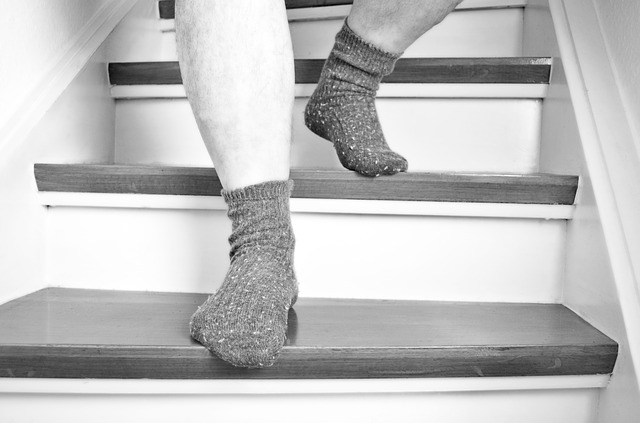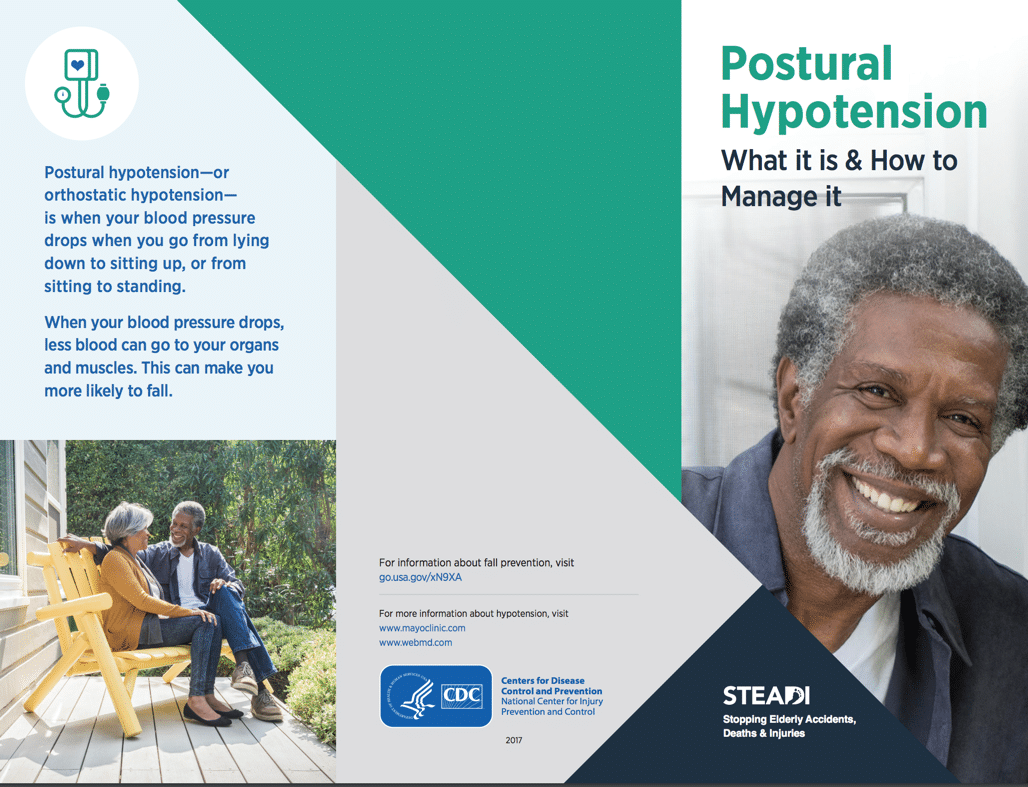Steps to Preventing a Fall

A Fall Can be Devastating. It’s Critical to Take Preventative Steps.
At any age a fall can be life changing. But especially as we grow older, a fall can mean a loss of independence, a debilitating injury or even death. Nationally and globally, programs exist to help prevent falls from happening in older adults. Discover more on the various ways you can take action to prevent a fall.
DISCOVER
(Click to See Answers)
Why specifically do older adults fall, beyond the obvious reasons like tripping and unsafe environments?
- Illness, whether it’s a chronic condition or recently contracted fever and flu, which makes for weakness.
- Declining or poor vision
- Loss of footing or slipping, due to surface traction
- Inability to move out of harms way quickly enough and keep your balance due to slower reflexes
- General issues with balance and weaker muscle strength
- Some medications that make you feel dizzy, confused or sluggish, like blood pressure medications, heart pills, water pills (diuretics), sleeping pills and pills that relax your muscles.
- Drinking alcohol, because it affects your balance, reflexes and may make you feel dizzy or want to take risks that could lead to a fall.
What medical conditions can lead to being prone to fall, and why?
- Diabetes
- Stroke
- Arthritis
These are chronic conditions and they may increase an older adult’s risk of falling because of things like inactivity, pain, depression, lost physical functioning or taking multiple medications.
Is there anything I can do to build up healthier bones?
- Exercise builds bone strength, specifically walking, climbing stairs, lifting weights or dancing each day
- Make sure to get enough Calcium and Vitamin D daily
- Talk with your doctor about getting your bone density tested. It’s called a bone mineral density (BMD) test.
- Talk with your doctor about medicines to make your bones stronger
FAST FACTS
The number of older adults treated in the ER for a fall each year. (CDC)
%
% of hip fractures in seniors caused from a fall. (CDC)
%
% of seniors who fall and suffer a moderate to severe injury (fractures and head traumas), according to the World Health Organization.
NOW WHAT?
Tools & Resources at Your Fingertips
Take Action
Ever get dizzy Standing or sitting Up? Be Careful!
Sometimes you can suddenly feel lightheaded and weak, when rising up to your feet. This is when a fall is likely to happen. Commonly called Postural Hypotension, the CDC gives us quick and easy tips to identify the problem and how to address it. Take a few moments to learn more.

